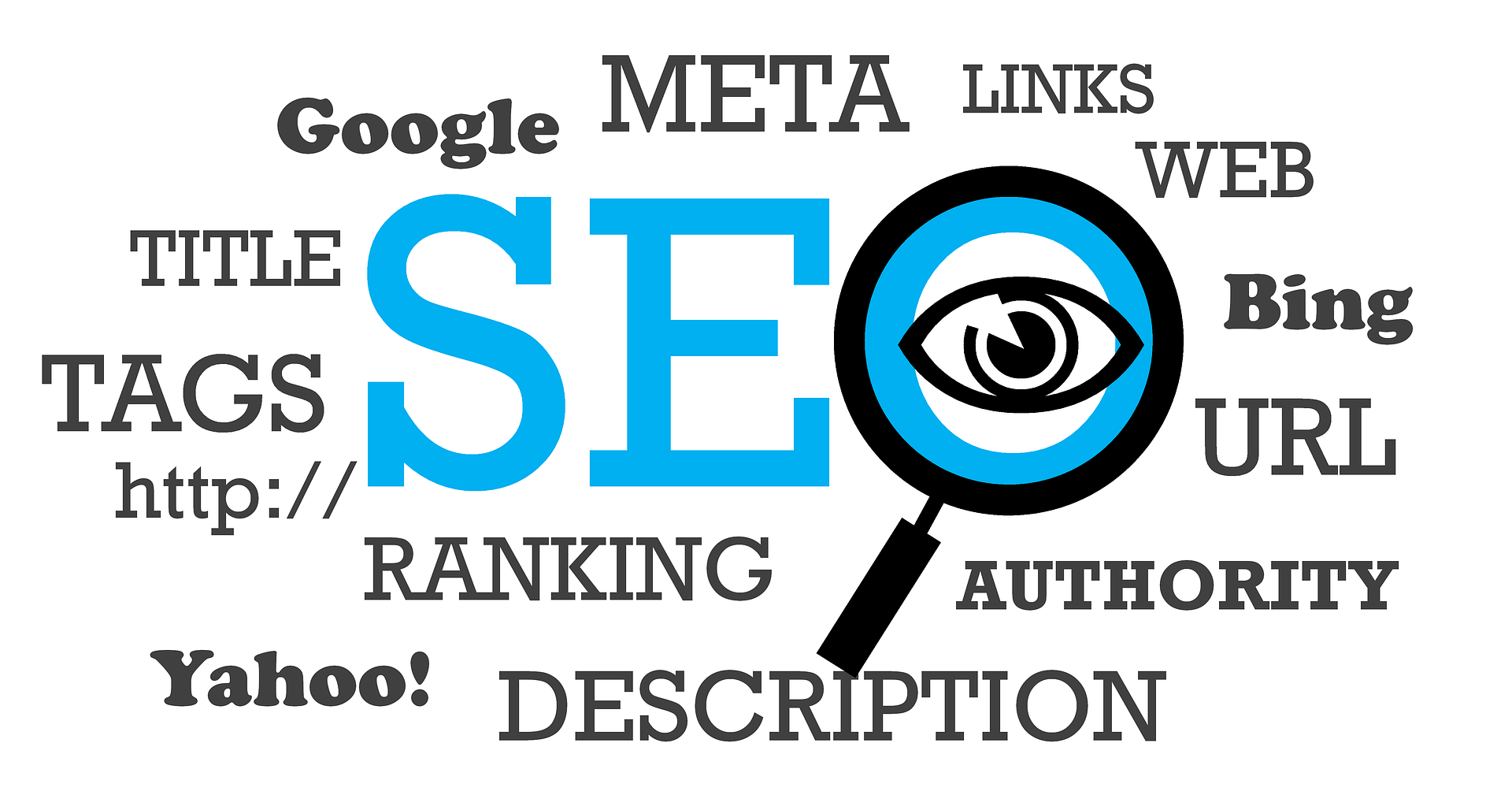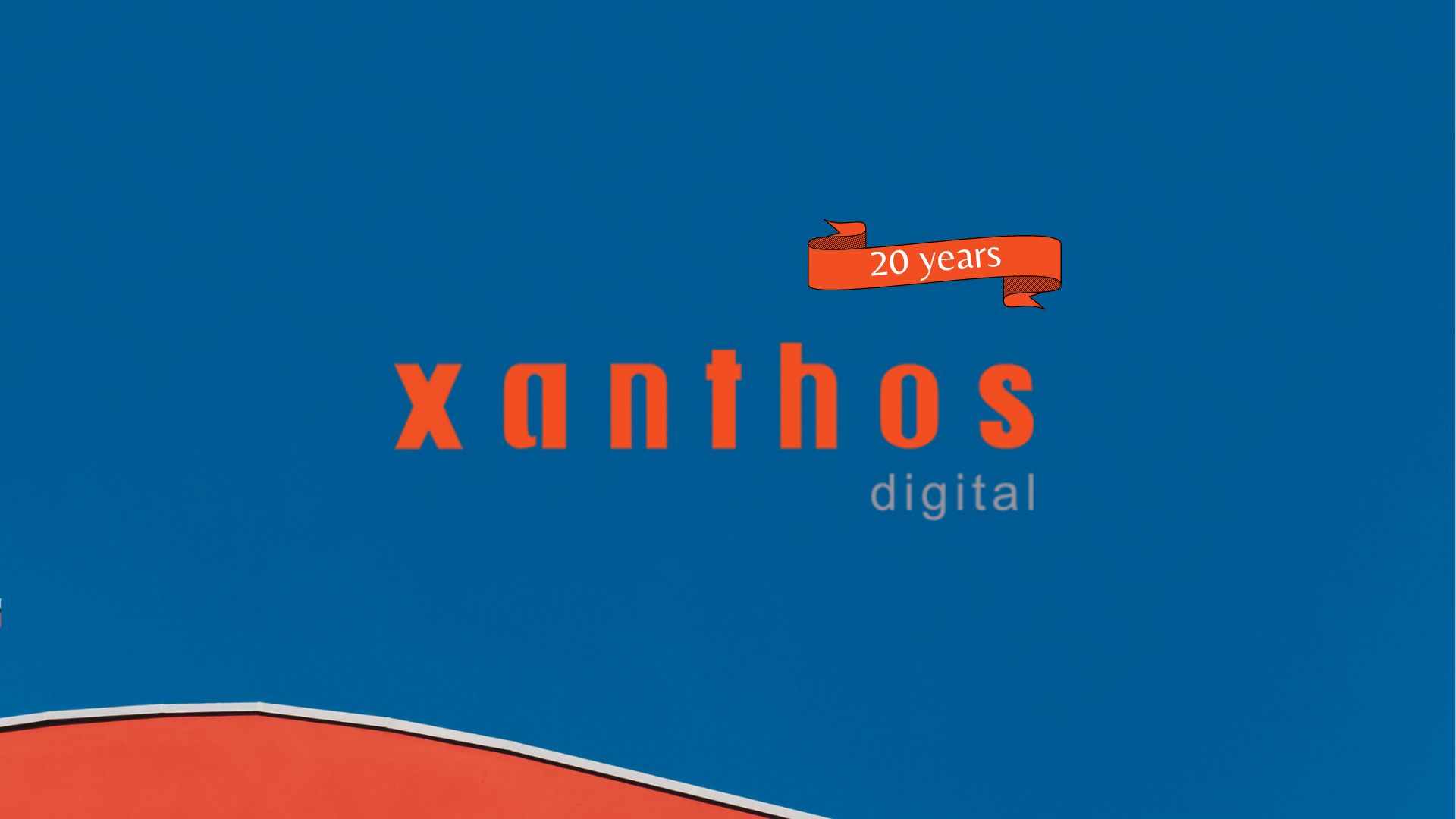Social media has become the go-to place for finding out what is going on with the world. But now social media and live stream videos have merged into platforms themselves, including Periscope, Facebook Live and Meerkat, for a start.

Why is Live Streaming taking over?
A number of reasons has meant that 2016 was the perfect time for live streaming to become as popular as it has become.
The Rise of Smartphones
Nowadays, everyone has a smartphone wherever they go. Not only that, but people are also more accustomed to being always-online, and sharing content with each other online. This also makes it easier for brands to find an audience online, and share content with them.
Data plans
It used to be true that even if you had an iPhone or an Android, you were very wary of eating up your data. Now that data plans have gotten cheaper and offer more data for your money, more people are watching and sharing video content on-the-go.
Online video is commonplace
While poor home internet and bad 3G signals used to mean people would prefer written content over video, that’s slowly changing. While written content isn’t going anywhere, video is becoming more and more popular, as people of all ages are beginning to engage with online video, instead of solely with whatever is on television.
Social media is easily accessible
Smartphones are anywhere and everywhere – meaning you don’t need to be at home watching the TV to take part.
What platforms are there?
Periscope![]()
The Twitter-owned platform has become the go-to place for more personal live streams. You can browse feeds by location, and can share broadcasts seamlessly through Twitter, which makes sharing and popularising your content online much more simple.
Facebook Live
Facebook has jumped on the live stream train once Periscope rose in popularity, and launched Facebook Live. Anyone can use Facebook Live, whether on a personal account or a business page, and it allows you to select certain people to broadcast to – whether it’s public, or to a specific list of people.
YouTube Live
As YouTube is owned by Google, this comes with a host of benefits. YouTube is already synonymous with online video, and already has a huge worldwide audience, making it a great place to share live streams.
Why is Social Live Streaming so different?
TV may be the live streaming that people are used to, but now online live streams on websites and through social platforms is becoming bigger and bigger.
The main different is the level of engagement you can have with your audience. The broadcaster can interact with the audience, rather than it being a more one-way conversation as is traditional. This is a great opportunity for broadcasters or businesses to take advantage of, allowing viewers to influence the live stream, and participate with comments or questions for the broadcaster.
Benefits of using Live Streaming for Brands
Higher accessibility
More people are accessing content through smartphones wherever they are, and people of all generations are becoming online-savvy. This means you have a chance to find any audience online.
Higher engagement levels
Live streaming allows you to interact with potential customers in real-time, which is an unprecedented opportunity for you to converse with and grow an online audience. For instance, live Q&As or discussion forums can provide high levels of engagement.
Cost
You don’t need any professional equipment to film and share your content. A smartphone with a decent camera and a WiFi connection is all that is necessary – simply download the necessary app and get filming. Or, use a laptop or tablet.
Personal Touch
Rather than scripted videos with high production values, live streams are often seen as much more “human”, with a personal edge. This puts a face to your brand, which helps with engagement.
Time constraints
It can take a lot of time to put together a highly crafted video from concept through to filming and editing. With live, production values aren’t expected, and you can begin streaming with minimal effort or time investment – and still provide high-quality content that answers questions directly from your audience.
How does Live Streams fit into a social strategy?
Whatever your product or service is, there is a way to find something to live stream that will bring in an audience.
Some examples of live streams that can be used to promote your brand include:
- Q&As
- Workshops
- Behind the scenes
- Product launches
Live-streaming Tips for Brands
Notify your followers
If you’re planning to go live soon, be sure to tell your fans or followers when you will be online. People will then know to make themselves free, so share an event, status update, or tweet to inform your followers the time you will be on
Hashtags
Consider creating a unique hashtag to spread the word about your live stream.
Timing
Ensure your stream can last for 15 or 20 minutes. If you can only stream enough content to last 5 minutes, this doesn’t give viewers a chance to find, join in, and engage with your video.
Interact with your audience
You can build relationships with your audience members, so be sure to answer any queries, and take note of any comments that could be useful.





